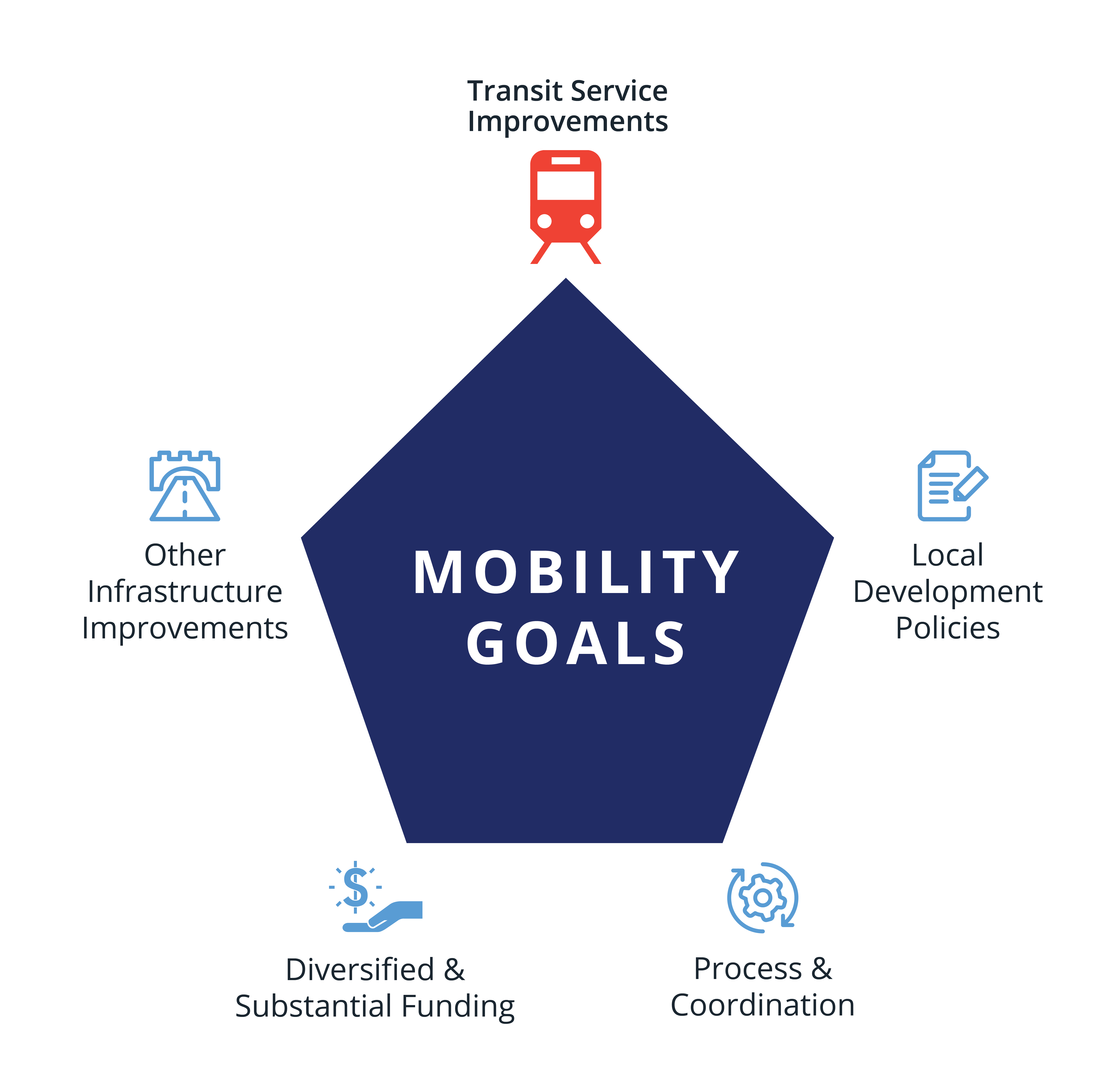aCKNOWLEDGEMENTs
This work was the result of more than two years of collaborative effort among the many stakeholders involved in planning for the future of the Sullivan Square area. This study was funded by $550,000 in MassDOT planning funds and $250,000 from the Encore Boston Harbor resort casino. These funds were used to pay for staff time from Metropolitan Area Planning Council (MAPC) and Central Transportation Planning Staff (CTPS), as well as facilitation consultants from the Consensus Building Institute, who were selected in a competitive procurement administered by MAPC.
THE REPORT
The time has come to tackle the transportation crisis in Sullivan Square and its vicinity. Whether one is a resident or visitor, driver, biker, or pedestrian, bus rider or Orange Line commuter, traveling to and through the area is frequently congested, chaotic, and frustratingly unreliable. Yet despite these challenges, new development is increasingly attracted to the assets and opportunities that exist there. The area around Sullivan square is poised to be one of the state’s premier growth centers, creating thousands of homes and producing millions in tax revenue.
Over the last two years, 11 public agencies with a variety of responsibilities have worked together to develop a comprehensive picture of future growth around Sullivan Square, and solutions to the area’s travel woes. The Lower Mystic Regional Working Group concluded that the primary answer to overcoming the area’s transportation challenges amidst its ongoing growth is the robust expansion of public transit services, to be supplemented by other transportation infrastructure improvements and coordinated with changes in local development policies that will support the modal shift from private vehicles to public transit, walking and cycling.
This report describes the process the Working Group used to evaluate dozens of options and select those with the best potential for improving travel conditions. It also identifies the next steps for putting the strategy into action through more detailed studies and the creation of funding mechanisms to pay for needed improvements. The problem is serious, the analysis is thorough, and the results are clear. Now is the time to make serious changes to improve Sullivan Square and its environs.
THE PLANNING PROCESS
The Working Group conducted a two-year planning process that analyzed numerous transportation infrastructure elements and policies aimed at reducing auto trips.
The process utilized a detailed quantitative modeling approach to test different scenarios of infrastructure and policies under future conditions in the year 2040.
The tested scenarios were then compared to both current conditions and future conditions without any of the transportation improvements, using metrics such as congestion at intersections, auto mode share, transit ridership, access to jobs, and greenhouse gas emissions. The analysis focused on the future development and transportation facilities in a five-square mile area spanning the Charlestown neighborhood of Boston as well as parts of Somerville and Everett. Transportation modeling services and facilitation were provided by the Central Transportation Planning Staff and the Consensus Building Institute, respectively.
THE RECOMMENDATIONS
To improve the transit experience, reduce travel times, decrease traffic congestion, improve access to jobs, and enhance the area’s quality of life in the Study Area, the Lower Mystic Regional Working Group concluded:



